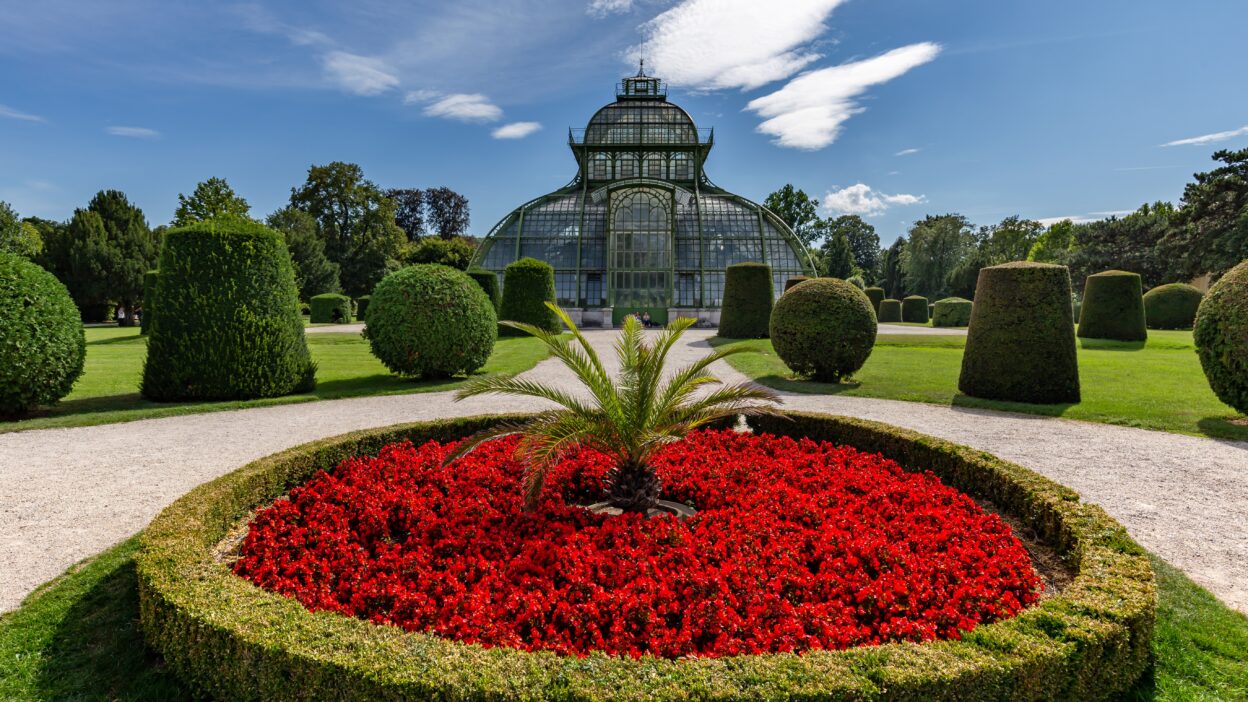Peace Park is a symbol of peace and harmony where diverse communities come together. Located in a beautiful setting, Peace Park is not just a green space but a cultural and historical landmark. People from all over the world come to experience the peace, explore the culture and connect with the mission of global unity.
The park is often called a place of reflection and relaxation with beautifully maintained gardens, walking trails and thoughtfully designed monuments. It’s a proof of collaboration and coexistence, a space for individuals and groups to have meaningful conversations and activities.
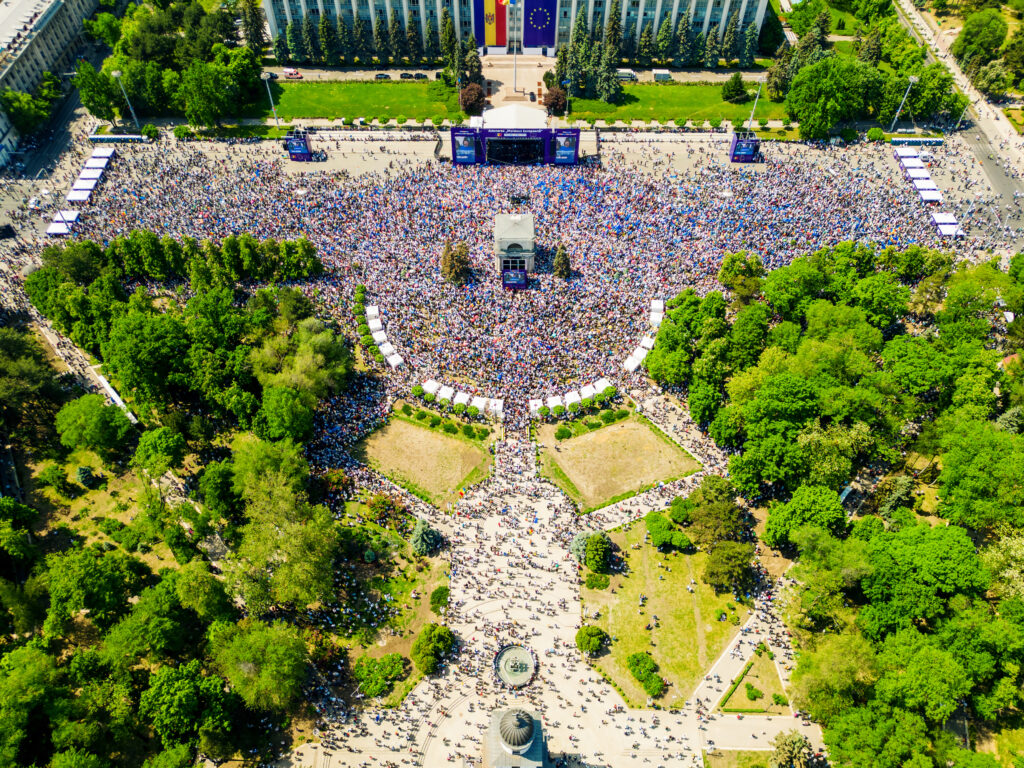
Peace Park Origins
The origins of Peace Park go back to a shared vision of global leaders and local communities to have a space that embodies peace and cooperation. Created after major historical events, the park was to be a living reminder of humanity’s collective desire to prevent war and understand each other.
The idea was first proposed at international peace conferences where the need for a physical representation of global unity was emphasized. Local governments, environmentalists and cultural organizations came together to make it happen. The land for the park was chosen to be inclusive and often near historic sites or natural beauty.
Highlights of the park’s creation include the groundbreaking ceremony where dignitaries and representatives of different cultures would participate and symbolic trees or monuments would be planted to mark peace agreements or humanitarian achievements. Today Peace Park is a global icon highlighting the need for dialogue and cooperation for peace.
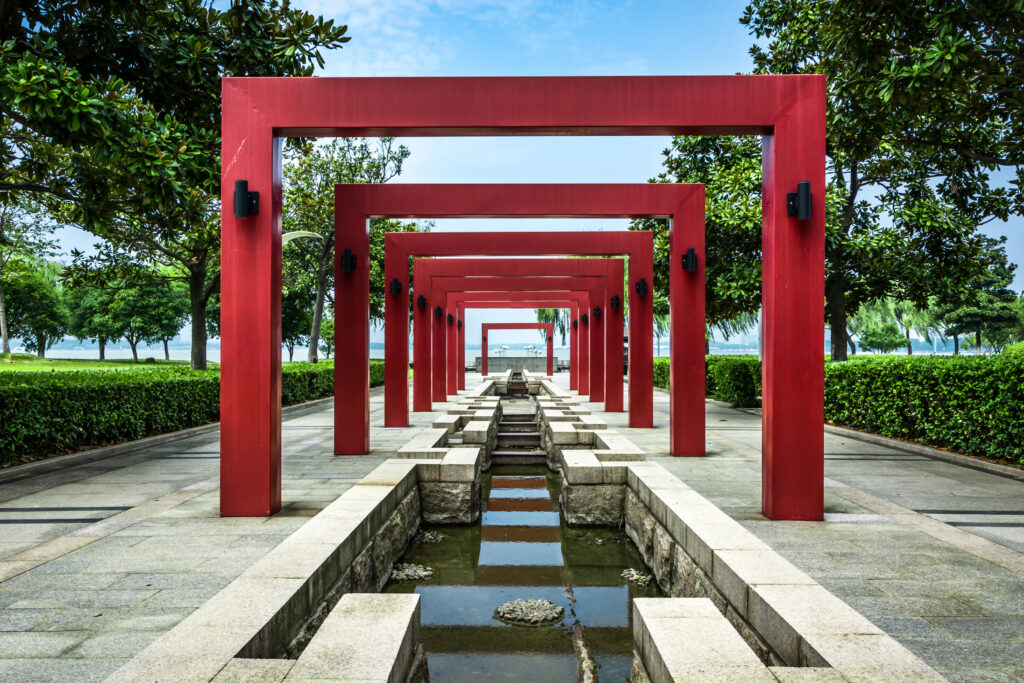
Peace Park Meaning
Peace Park has huge cultural and historical significance, it’s a bridge between the past, present and future. It’s more than a physical space, it’s a symbol of the resilience and determination of communities who sought peace in the midst of adversity.
Historically Peace Park often marks significant events, such as the signing of peace treaties, end of wars, or rebuilding after natural disasters or conflicts. These historical connections make the park a place for visitors to reflect, a place to honour the sacrifices and struggles that brought about a more peaceful world.
Culturally Peace Park is a hotch potch of traditions and practices. Many parks have monuments, art installations and sculptures that represent different cultures, religions and philosophies. Annual events like cultural festivals, peace ceremonies and educational workshops are held to promote cross cultural understanding. These events often involve music, dance and storytelling, celebrating the universal language of art to bring people together.
The park brings people from different backgrounds together, it honours the past and inspires future generations to value peace, respect and coexistence.
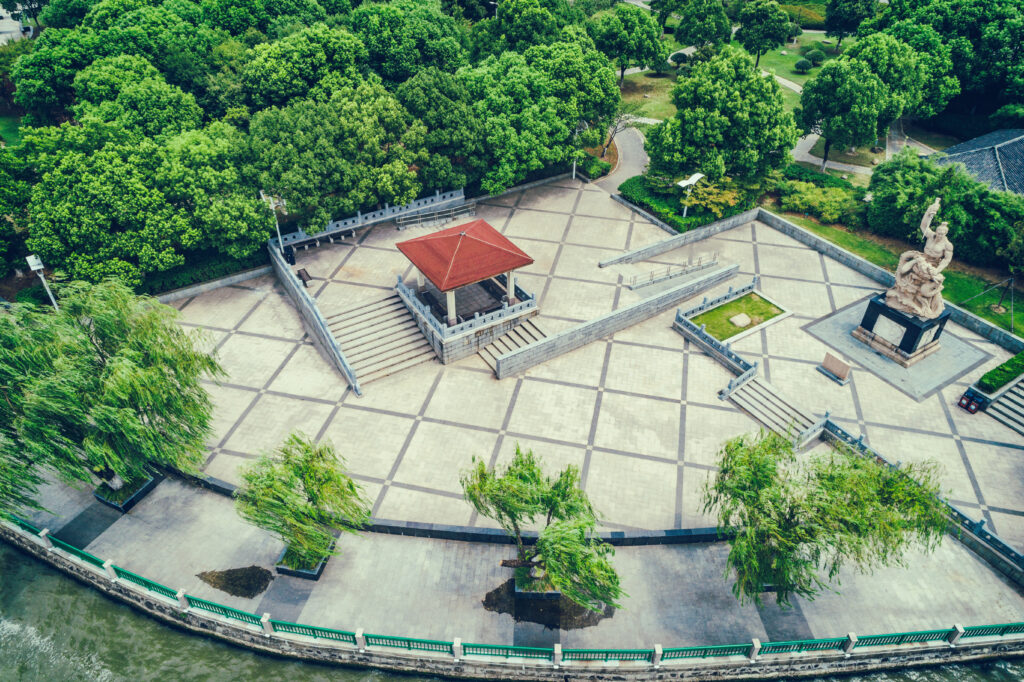
Architectural Features of Peace Park
Peace Park is famous for its intentional design elements that blend with nature to create a peaceful atmosphere. Every part of the park serves a purpose, often representing peace, unity and hope.
Notable Features:
- Peace Monuments: Many Peace Parks have a monument or sculpture that represents the universal message of peace. These often have inscriptions, symbols or dedications that reflect the park’s purpose and history.
- Reflection Pools: Some parks have pools or fountains to encourage introspection. These often have engraved messages or quotes from famous leaders and peace advocates.
- Walking Trails and Gardens: The paths wind through gardens where visitors can connect with nature. Often the trails are lined with plants and flowers that have cultural or symbolic meaning to further reinforce the park’s message of harmony.
- Cultural Pavilions: Some Peace Parks have pavilions or open-air stages where cultural performances, dialogues and ceremonies are held. These often showcase different architectural styles to represent inclusivity.
- Memorial Walls: In parks with a historical connection, memorial walls or plaques commemorate victims of wars or disasters. These walls are a sober reminder of the cost of conflict and the value of peace.
The park is designed to be peaceful and follows principles of sustainable architecture. Materials used are eco-friendly and in line with the theme of harmony among people and with nature.
Go and explore these features, each one shows a different aspect of the park’s purpose of peace and unity.
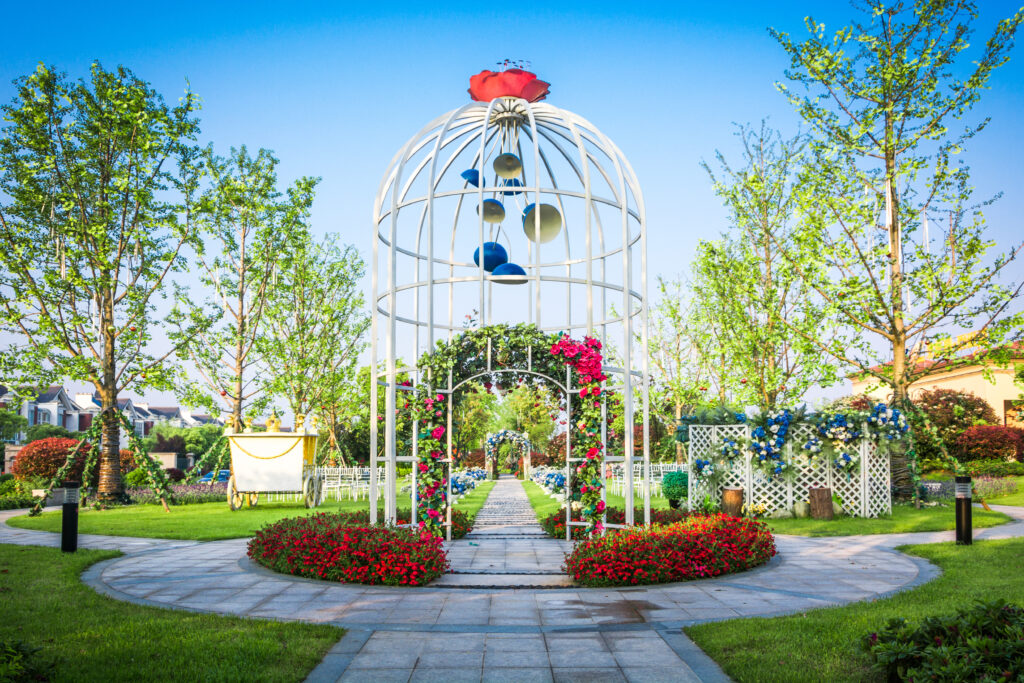
Peace Park History Highlights
Over the years, Peace Park has hosted many notable events and milestones that have cemented its status as a symbol of unity and reconciliation. These events have been international and have made Peace Park a global peace icon.
Major Events:
- Inauguration: The opening of Peace Park often featured world leaders, cultural ambassadors and peace advocates.
- Peace Agreements: Some Peace Parks have had peace agreements signed in them, as a neutral and peaceful place for diplomacy.
- Anniversary Events: Annual events such as International Peace Day are held in the park. Dignitaries, performers and peace activists attend and participate in ceremonies and cultural activities.
- Memorial Services: On significant anniversaries of historical events, memorial services are held to remember those who suffered in conflicts or natural disasters. A time for collective reflection and hope for a better future.
- Cultural and Educational Programs: Over the years, Peace Park has become an outreach centre for education, hosting workshops, seminars and exhibitions on conflict resolution, environmental conservation and cultural appreciation.
- Youth Programs: Recognising the importance of future generations, the park often runs youth focused programs, including art contests, debates and tree planting campaigns to teach the values of peace and sustainability.
Recent:
In recent years, Peace Park has gone digital. Virtual tours, live streaming and digital exhibits now allow people from all over the world to experience the park’s message of peace even if they can’t visit in person.
All of this. overposting. 🙏🏼🌎🕊️
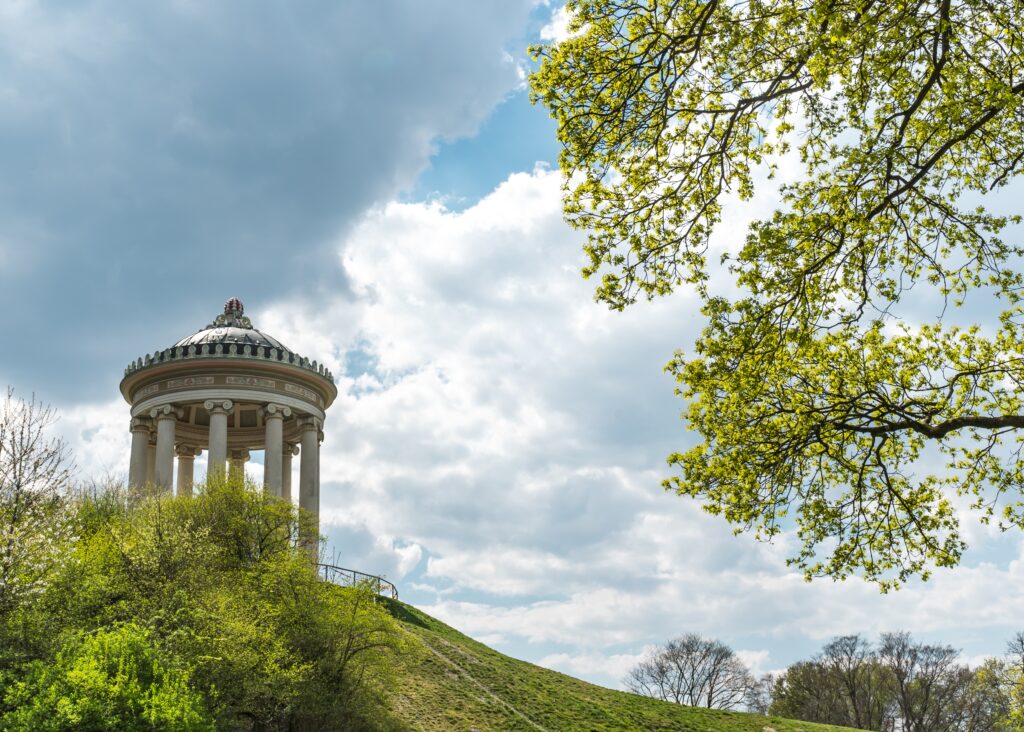
Unity and Harmony
Peace Park is the foundation for unity and harmony, locally and globally. By creating a safe space for dialogue, cultural exchange and reflection the park helps to bridge the gaps and build stronger communities.
Cross Cultural Connections
The park is a welcoming space for all. It hosts multicultural events, festivals, exhibitions and performances that celebrate the diversity of humanity. These events allow individuals and communities to share their traditions, values and stories and promote understanding and respect.
Dialogue
Peace Park is the natural place for peacebuilding and conflict resolution conversations. Conferences, workshops and panel discussions held at the park bring together leaders, policymakers and activists to address global issues. The peaceful environment of the park sparks open dialogue and creative problem solving and often leads to practical solutions.
Community
Locally Peace Park is a place for communities to come together for recreational and educational activities. Whether through volunteer programs, youth initiatives or environmental projects the park encourages collective participation in activities that build shared purpose and belonging.
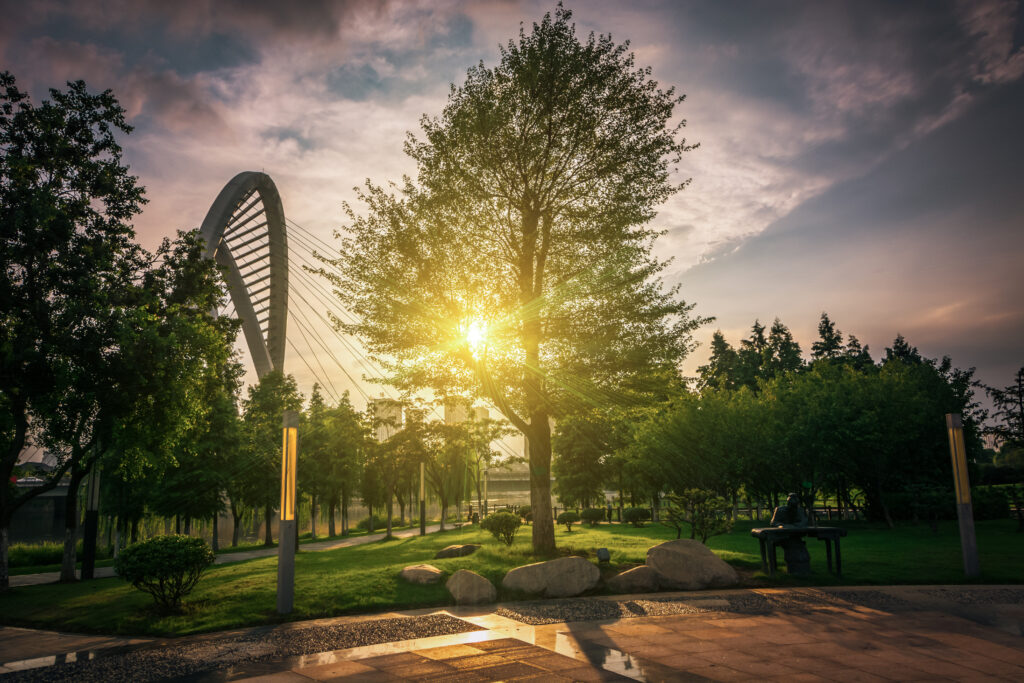
A Hope
Most importantly Peace Park is a living symbol of hope. Its very presence is a reminder that despite our differences and challenges we can strive for a peaceful and sustainable world. Visitors leave the park inspired and often take its message of unity with them into their own lives and communities.
By bringing people together and people and nature closer Peace Park is a beacon of peace in a divided world. Its impact goes far beyond its physical boundaries and is an essential part of the global effort to build a more harmonious world.

Environmental and Ecological Significance of Peace Park
Beyond its cultural and historical importance, Peace Park has an environmental and ecological role. Designed with nature in mind it’s a sanctuary for biodiversity and a model for sustainable development.
Local Ecosystems
Peace Park often has native plants, trees and flowers which are chosen to support local ecosystems. These green spaces are a habitat for birds, insects and small animals, biodiversity in urban or semi urban areas. By preserving and restoring natural habitats the park looks after local flora and fauna.
Carbon Sequestration and Climate
The park’s greenery helps to reduce carbon dioxide and improve air quality. Mature trees and plant cover act as carbon sinks, mitigating urban pollution and climate change. Water features like ponds and streams regulate temperature and humidity creating a microclimate for the environment and visitors.
Sustainability Education
Many Peace Parks have educational programs on sustainability. Workshops, guided nature walks and eco exhibitions teach visitors about conservation, recycling and sustainable living. Schools and community groups partner with the park to do tree planting and clean up activities.
Sustainable Design and Practices
Peace Park is designed with eco friendly principles in mind, using renewable energy, water recycling systems and sustainable materials. Pathways, pavilions and other structures are built to have minimal ecological footprint so the park remains an asset for future generations.
Mental and Physical Wellbeing
The link between nature and wellbeing is well established and Peace Park is a perfect example. The peaceful environment allows visitors to disconnect from the daily grind and reconnect with nature. Walking trails, meditation zones and open spaces provide relaxation and inspire a sense of responsibility to the environment.

